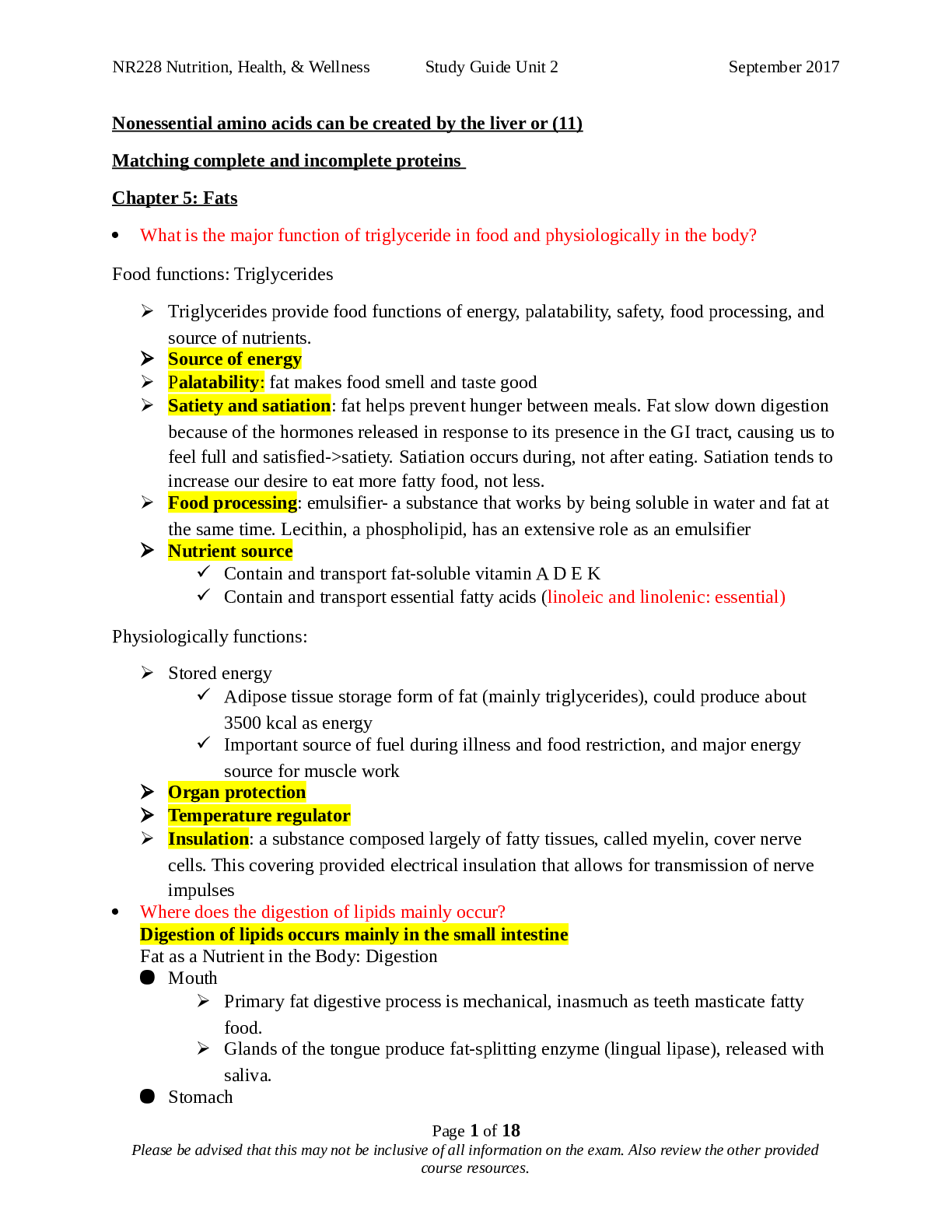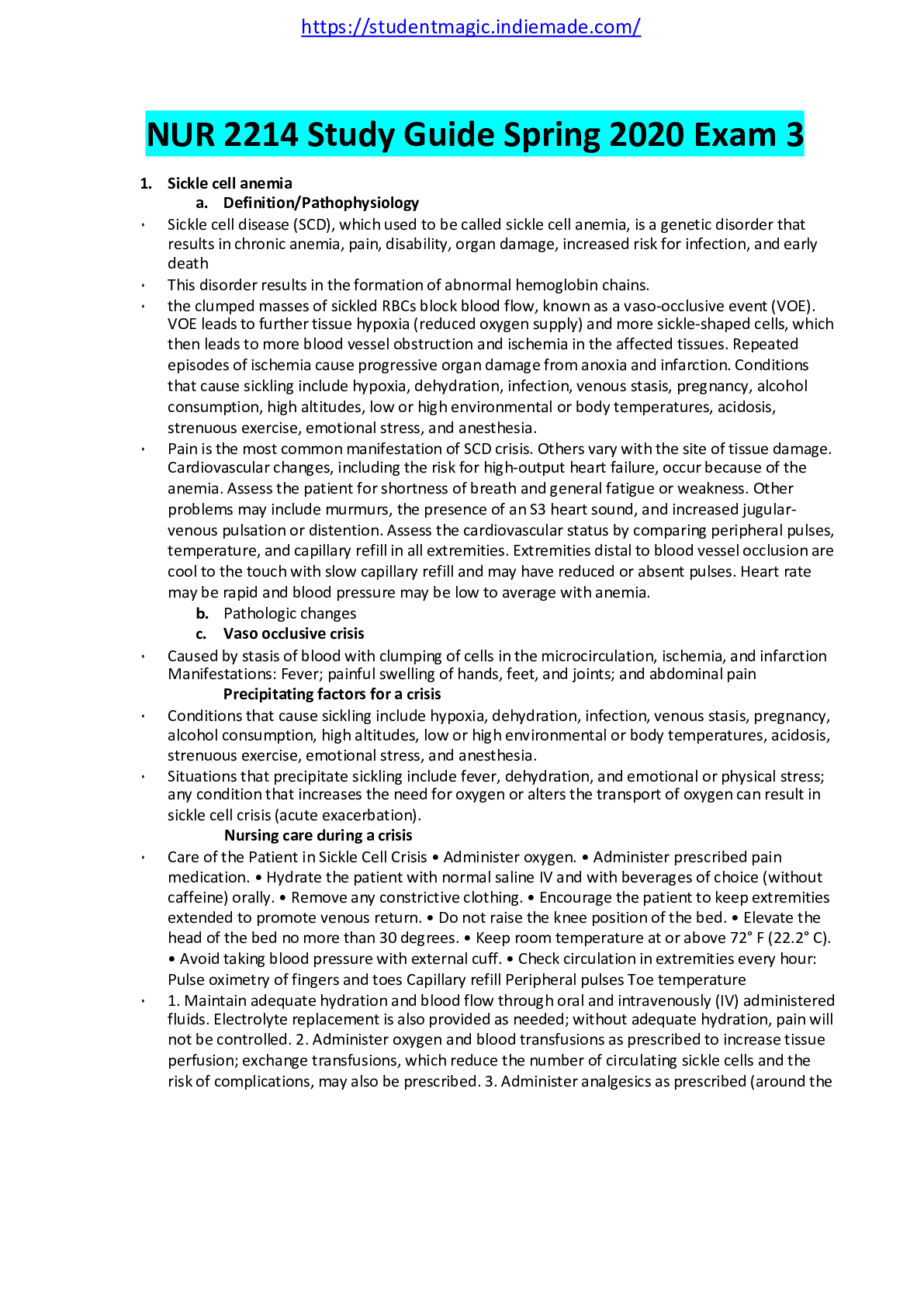History > STUDY GUIDE > Cold War Conflict and Consensus, 1945–1965 (All)
Cold War Conflict and Consensus, 1945–1965
Document Content and Description Below
Period 3 AP European History Chapter 30 CHAPTER 28: Cold War Conflict and Consensus, 1945–1965 I. Postwar Europe and the Origins of the Cold War A. The Legacies of the Second World War 1. Phys... ical Destruction: Fighting due to the War had destroyed cities, landscapes, obliged buildings, farms, rail tracks, roads and bridges. 2. Death Tolls: The death toll consisted of 20 million Soviets including soldiers and civilians, 3 million Jews, Poland 3.25 million Jews and 5 million Germans a million civilians and 9 to 11 million non combatants in the Nazi German concentration camps. Overall the war cost 50 million lives in total 3. Displaced Persons (DPs) and the Homeless: Their numbers increased by concentration camp survivors, released prisoners of war, and orphan children. Many DPs faced prison terms, exile to labor camps and even execution upon their return to Soviet unions. Jewish DP’s families and communities were destroyed and they were executed and most of them migrated to Israel. When the last DP camp closed in 1957, the UNRRA had cared for and resettled many millions of refugees, Jews and non Jews alike. 4. War Crimes: The authorities in each zone worked to punish those guilty of Nazi crimes. The Soviet dominated east and other areas, collaborators, non Germans who assisted in the German occupiers during the war were punished. In France and Italy unofficial groups seeking revenge killed 25,000 people. In German and Austrian occupation authorities set up “denazification” procedures meant to eradicate Nationalist Socialist ideology from social and political institutions. Nuremberg trials (1945-1946) charged the highest ranking nazi military and civilian leaders who survived the war. In the Soviet 45,000 former party officials were sentenced to death B. The Peace Settlement and Cold War Origins 1. Early Discussions: In the early phases of the Second World War the Americans and British avoided discussion of Stalin’s war aims and shape the peace settlement. They focused instead on the policy of unconditional surrender to solidify the alliance. 2. The Tehran Conference (November 1943): Proved of crucial importance in determining many things. The Big Three (America, Britain, and Russia) reaffirmed their determination to crush Germany and find the right military strategy. Various strategies were proposed from each nation. The shape of the post war Europe was emerging. 3. The Yalta Conference (February 1945): The Big Three met again at Yalta on the Black Sea in southern Russia. It was agreed here that Germany would be [Show More]
Last updated: 1 year ago
Preview 1 out of 11 pages
.png)
Reviews( 0 )
Document information
Connected school, study & course
About the document
Uploaded On
Apr 27, 2021
Number of pages
11
Written in
Additional information
This document has been written for:
Uploaded
Apr 27, 2021
Downloads
0
Views
44


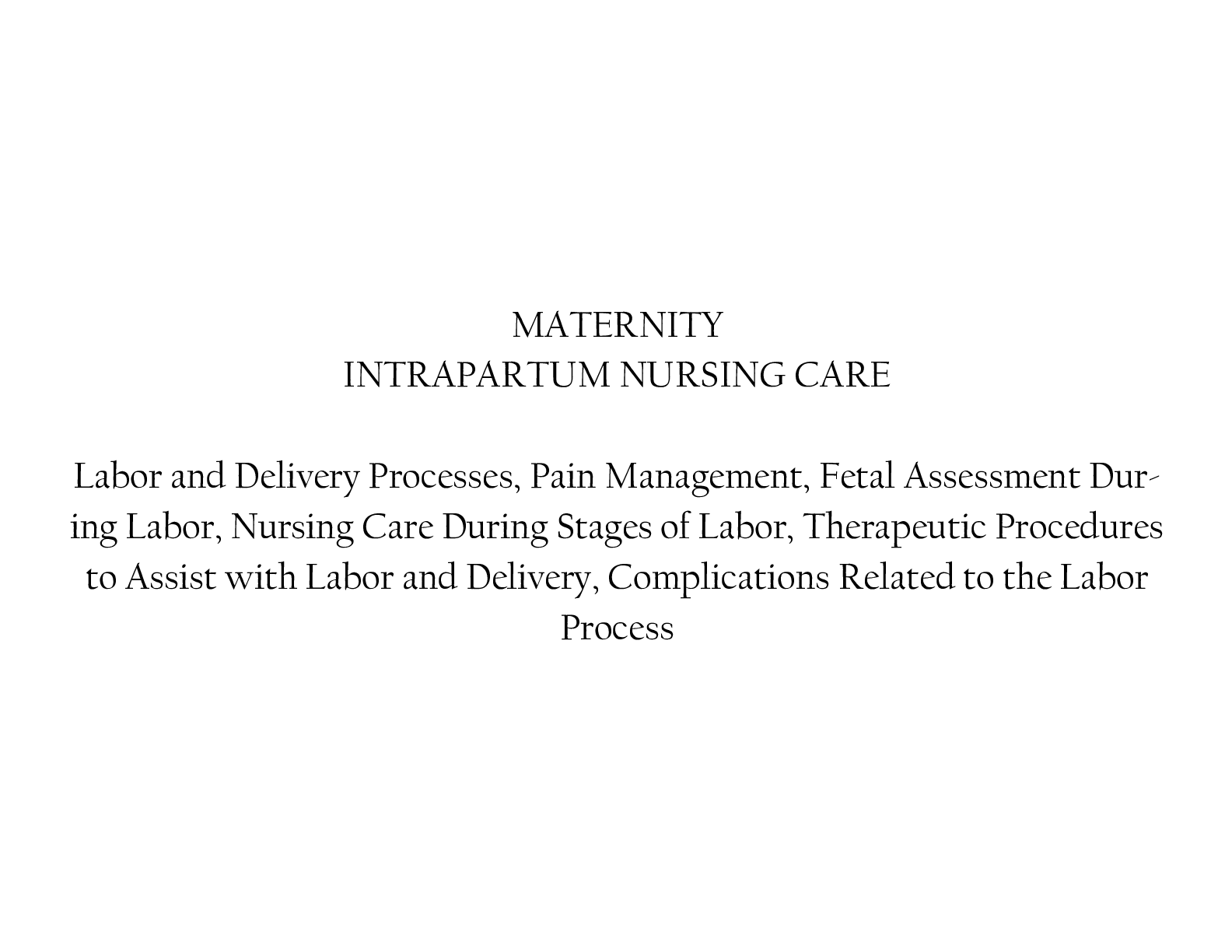

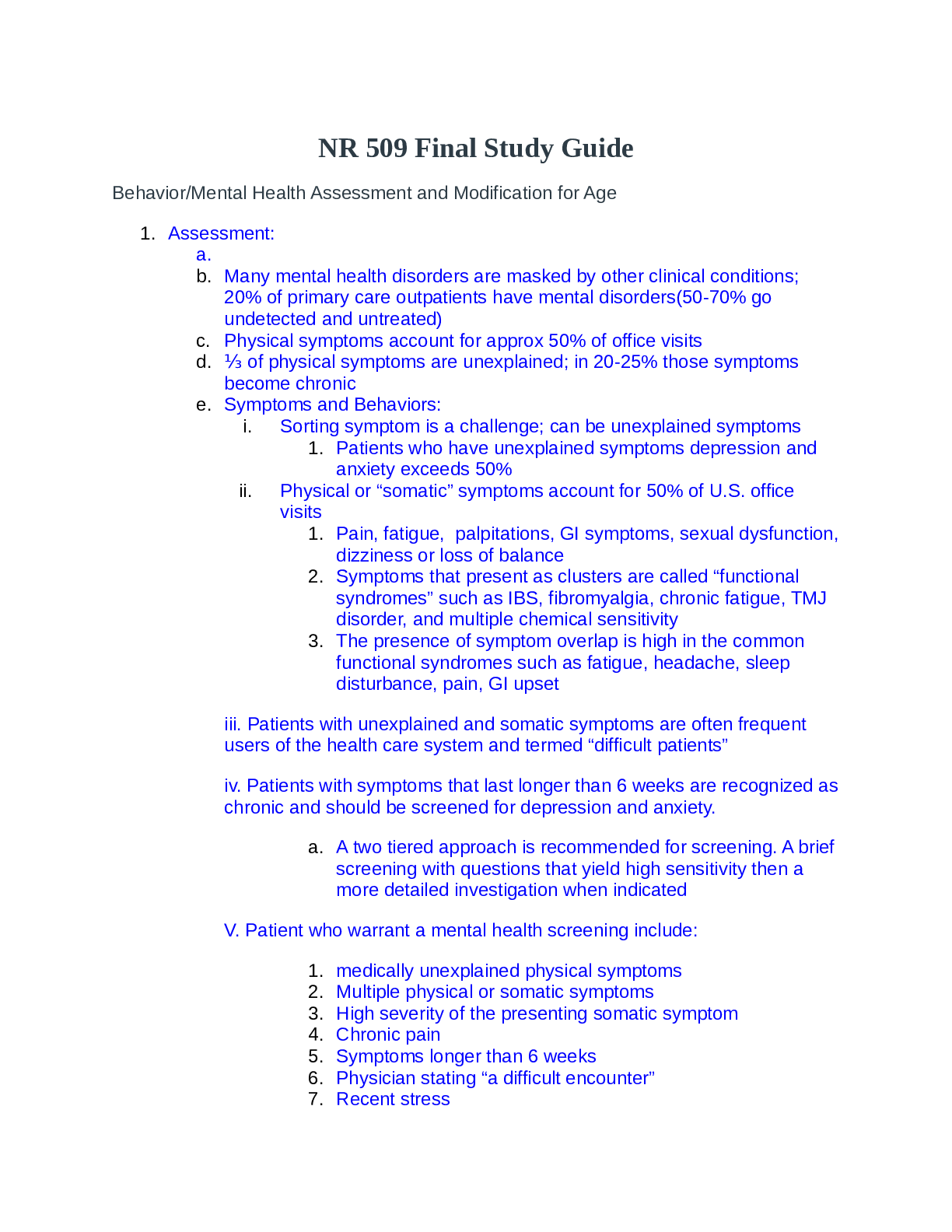
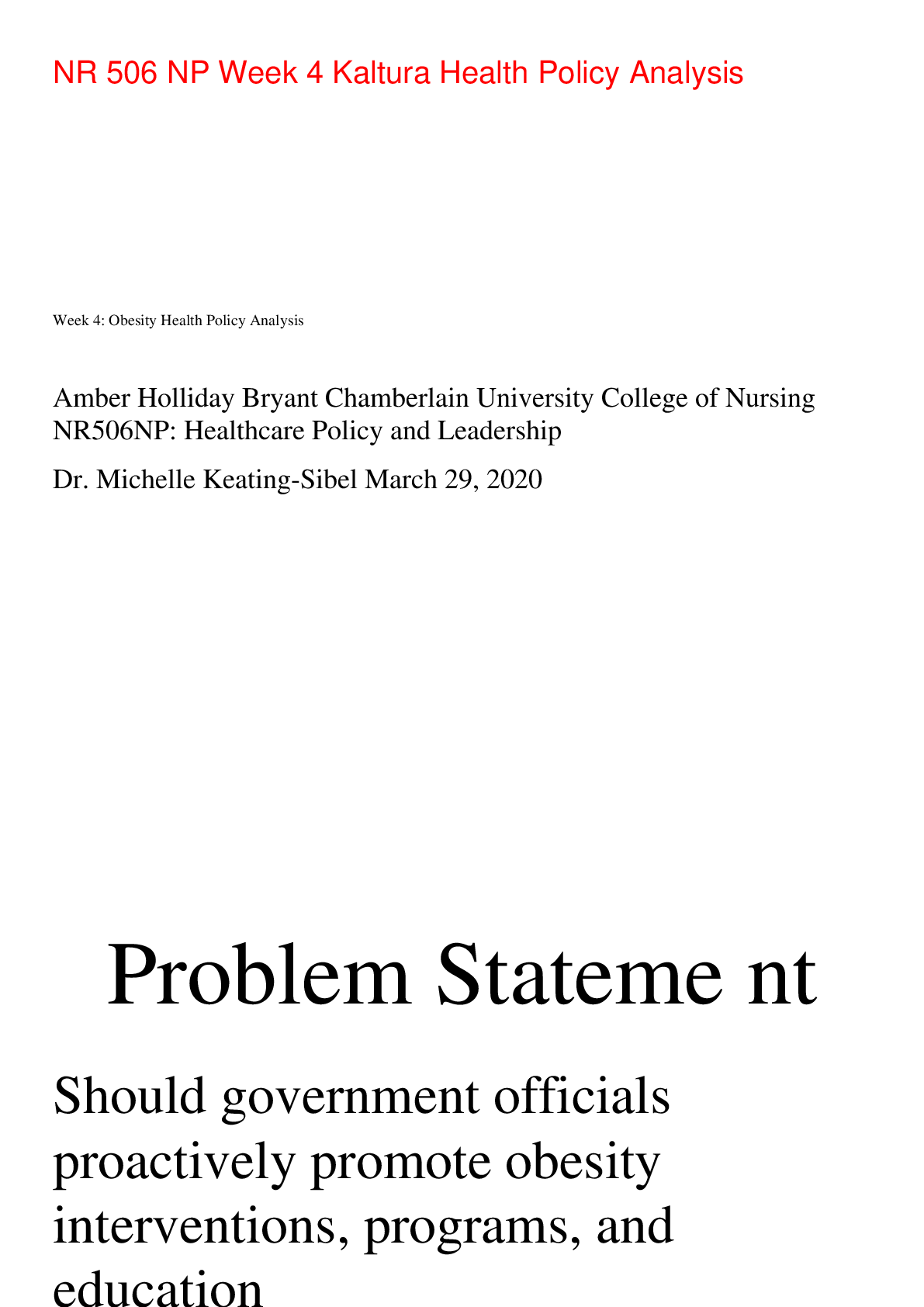
.png)
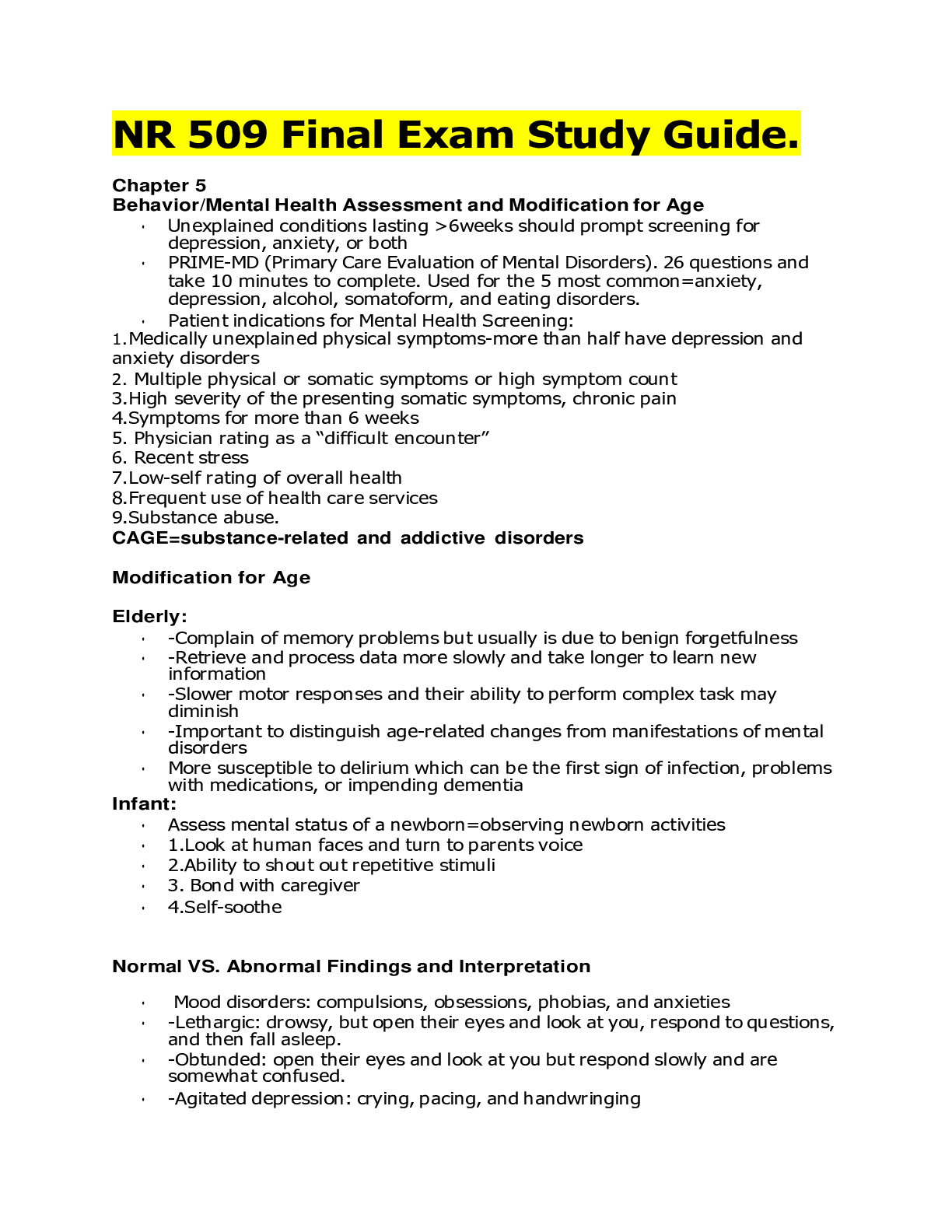
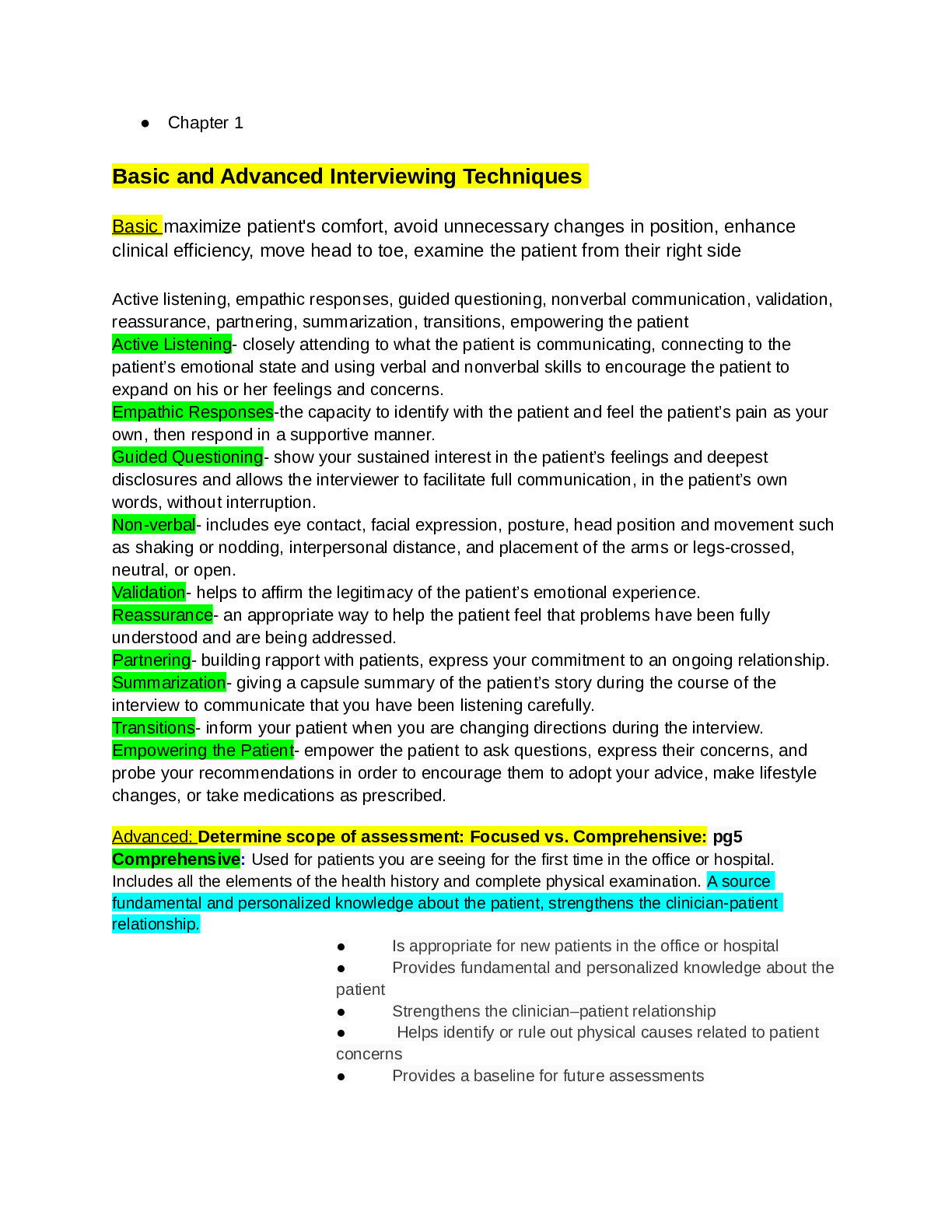



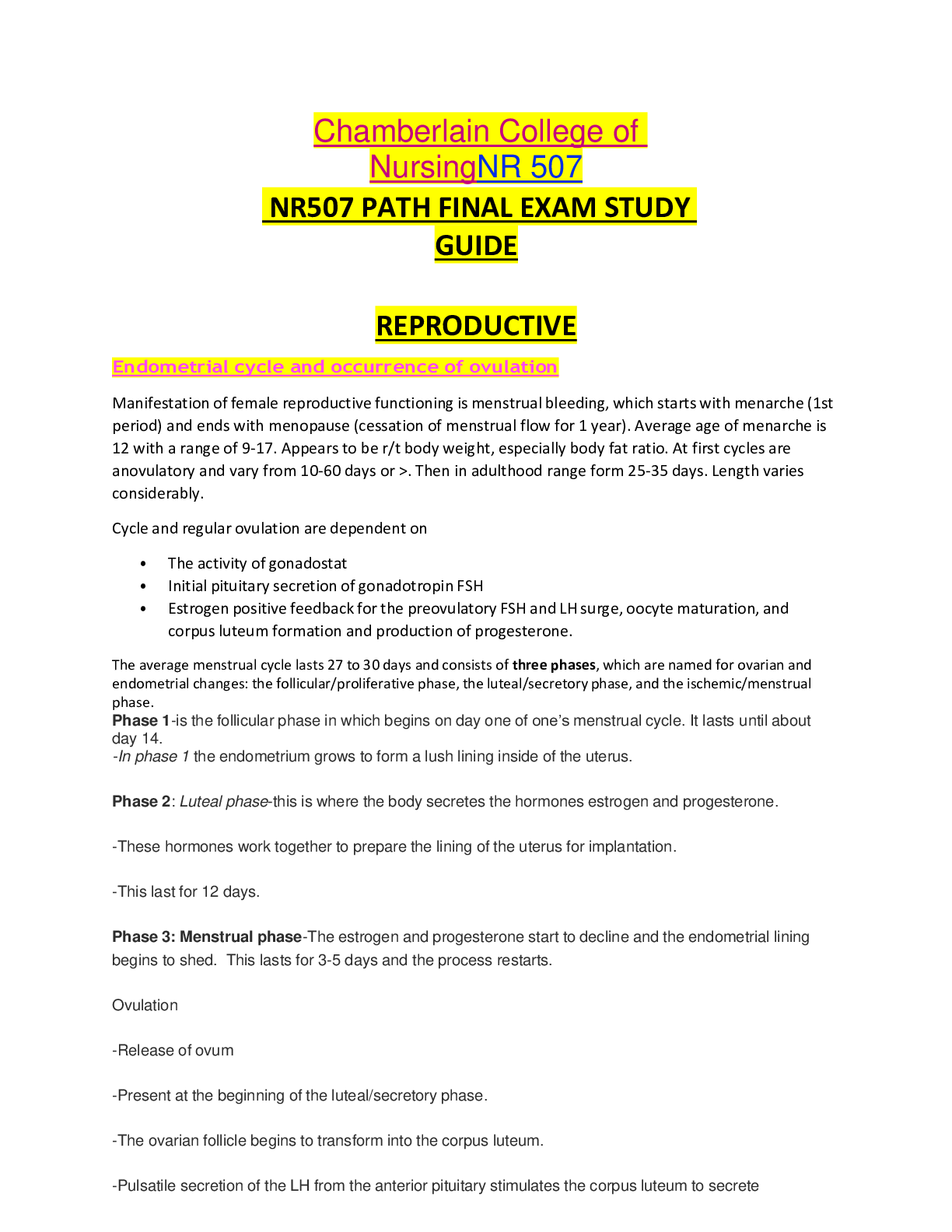
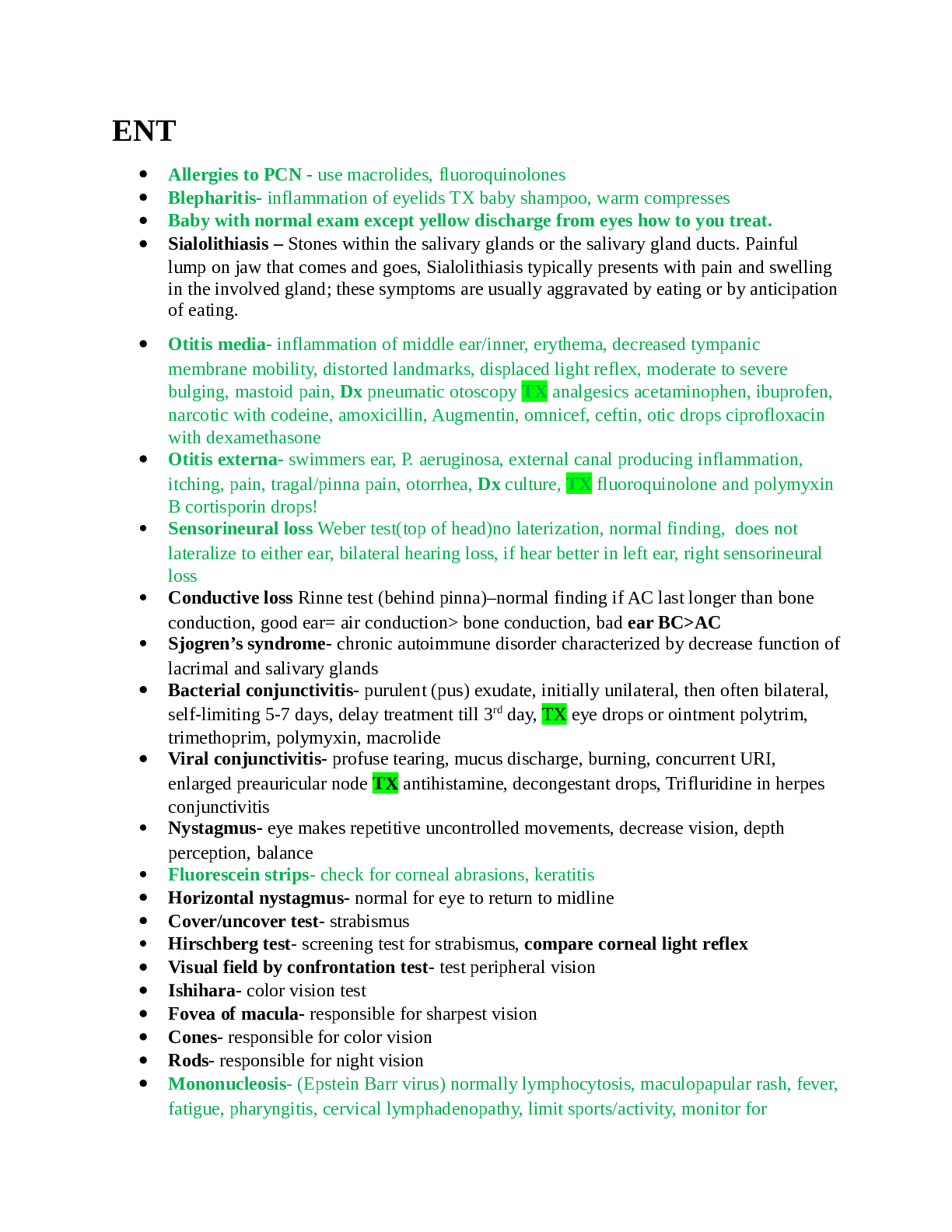


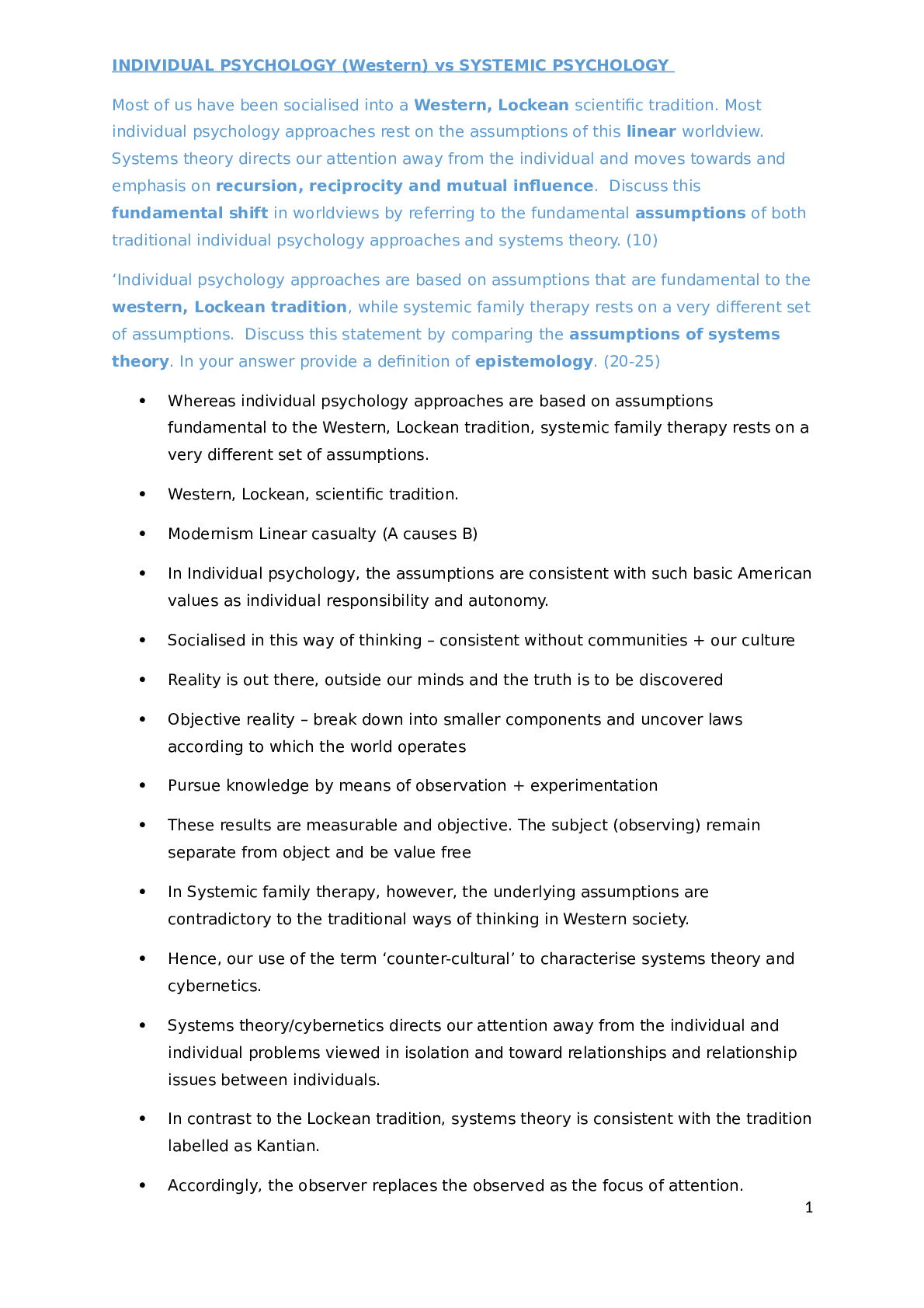

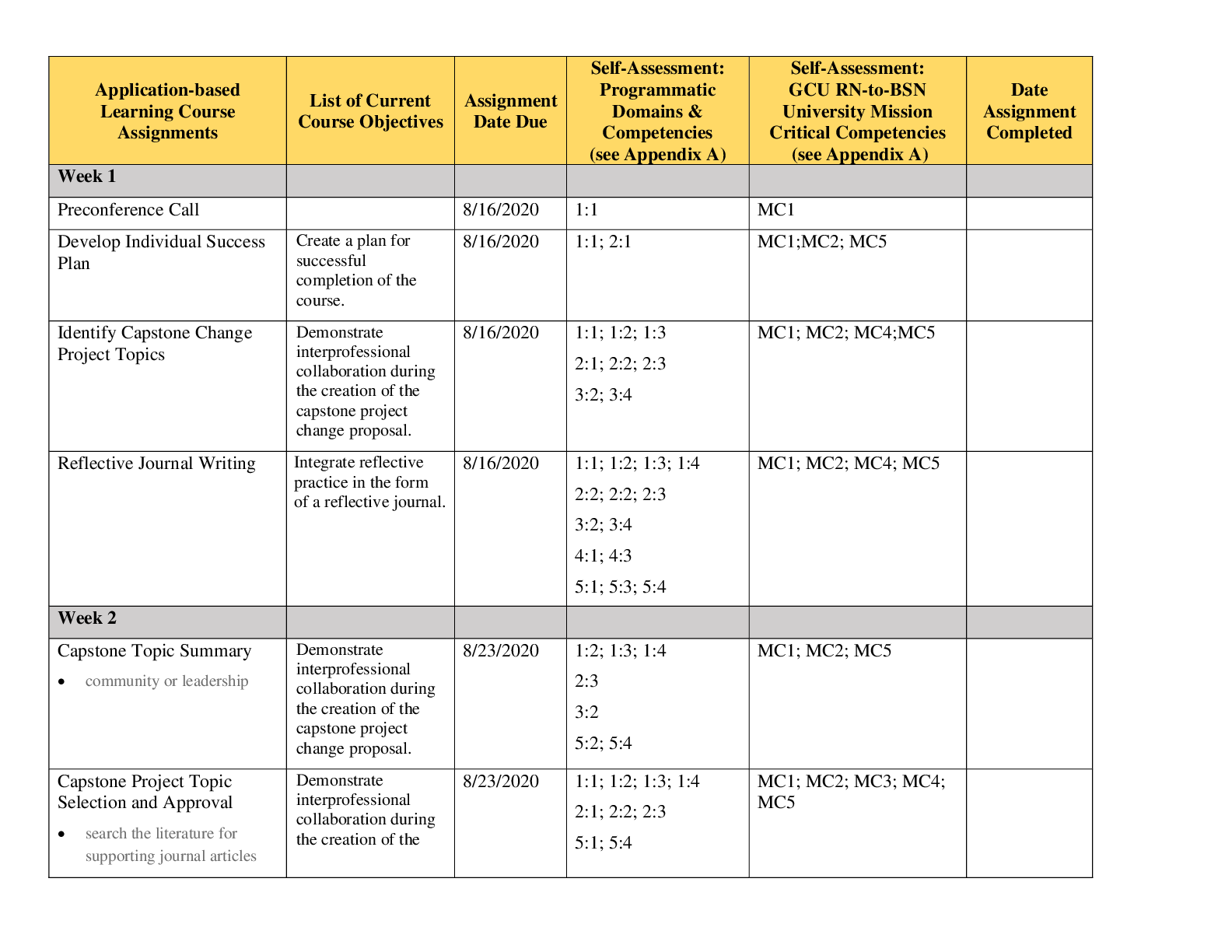






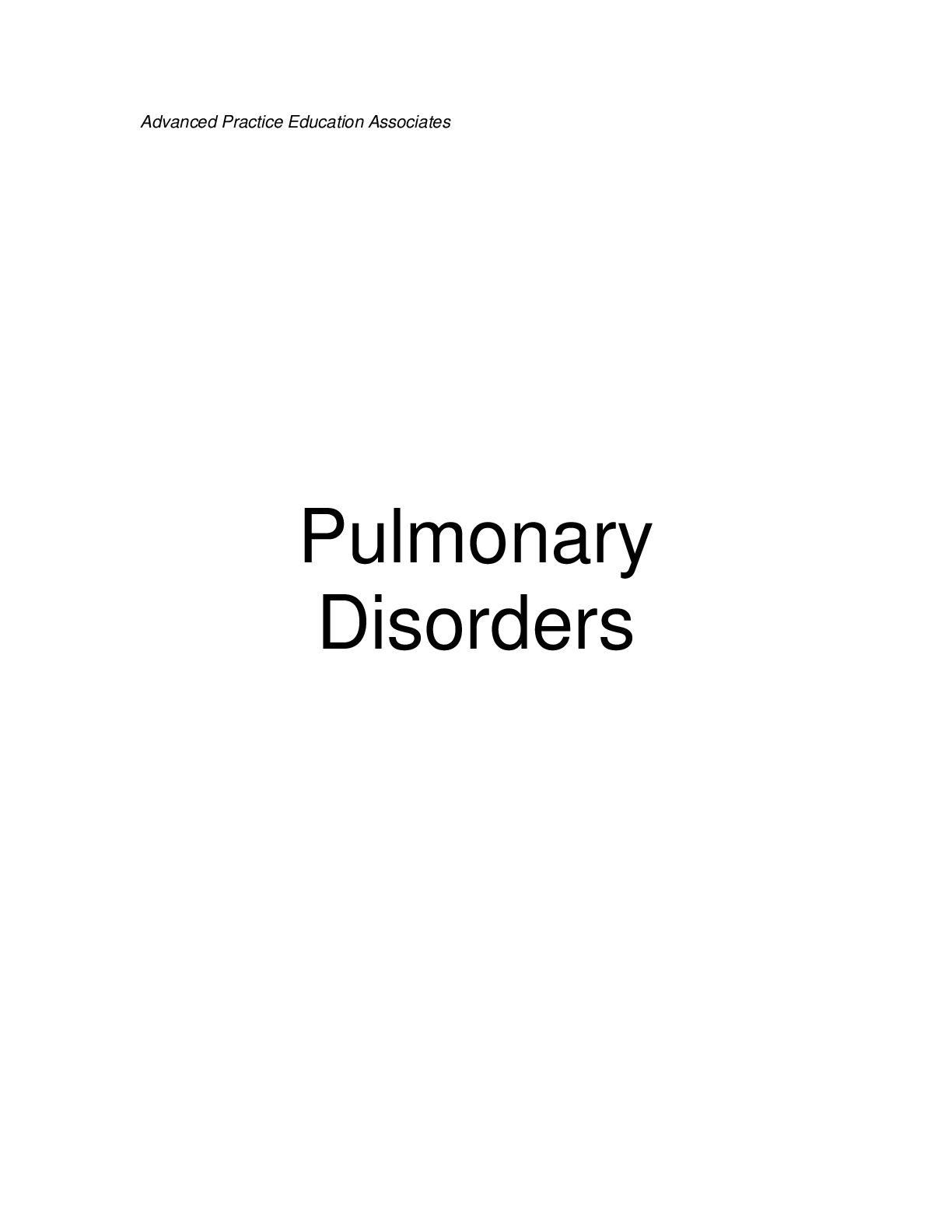
.png)





